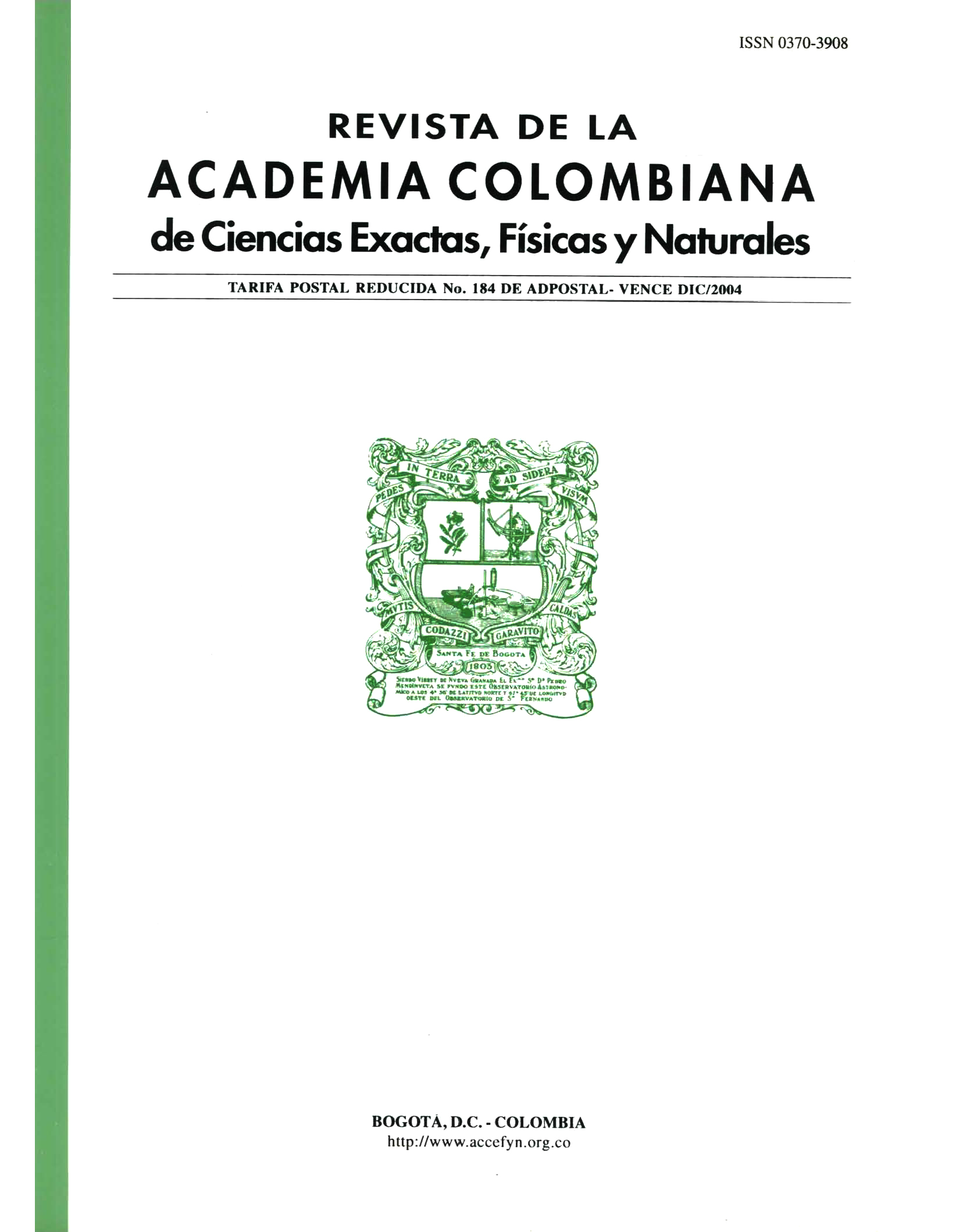Resumen
En el tratamiento del cáncer de próstata, la dosis prescrita por el médico oncólogo depende de la extensión de la enfermedad y de la dosis de tolerancia de los tejidos adyacentes normales. Para lograr un óptimo control tumoral en estadios tempranos y localmente avanzados, es necesario escalar la dosis con probabilidad baja de morbilidad a nivel rectal y vesical. Esto se logra por medio de la radioterapia conformal. En el Instituto Nacional de Cancerología, esta técnica es usada, pero surgen dos interrogantes de los radioncólogos y físicos médicos: de acuerdo a los protocolos clínicos, la técnica conformal entrega una dosis menor a las estructuras adyacentes, ¿existe un método experimental que verifique dosimétricamente la certeza de esta afirmación?, y ¿los sistemas de planeación dosimétricos calculan adecuadamente las dosis en los diferentes órganos como lo recomiendan los protocolos de control de calidad en radiaciones ionizantes del Organismo Internacional de Energía Atómica? Este trabajo pretende dar respuesta a estas preguntas. Mediante dosimetría termoluminiscente y utilizando simuladores físicos, se midió la dosis absorbida en el volumen blanco y en los tejidos adyacentes en radioterapia conformal y convencional. Se mostró que órganos como recto y vejiga reciben menor dosis en radioterapia conformal, disminuyendo de esta forma su probabilidad de morbilidad. Adicionalmente, se compararon las lecturas de los dosímetros termoluminiscentes con los valores de las dosis suministrados por el sistema de planeación dosimétrico Eclipse, concluyendo que la dosis prescrita al paciente es la realmente entregada como lo exige los programas de control de calidad en radioterapia.
Referencias
http://www.incancerologia.gov.co
Eric C., Rost, MD. 2004. Conformal Radiation Business Briefing: Usoncology review 65-66.
Benedick A. Fraass. 1995. The development of conformal therapy radiation, Med. Phys. 22(11), Pt. 2, 1911-1921.
G. Gordon Steel. Basic Clinical Radiobiology, Ed. Arnold.
Castellanos, M. E. 1988. Estudio de las propiedades termoluminiscentes de detectores de LiF para aplicaciones en dosimetría por termoluminiscencia.
Christie K. Harries, Howard R. Elson et al. 1997. A comparison of the effectiveness of thermoluminescent crystals LiF:MgTi and LiF:MgCuP for clinical dosimetry, Med. Phys 24(9): 1527.
E.J. Fairbanks & L.A. Dewerd. 1993. Thermoluminescent characteristics of LiF:MgTi from three manufacturers, Med. Phys 20(3): 729.
www.tld.com.pl/tld/mts.html
Ranogajec-Komor, M. 2003. Thermoluminescence Dosimetry Application in Environmental Monitoring, Radiation Safety Management 2(1): 2-16.
Operator’s manual, Model 4500 Harshaw, TLD Workstation
Alderson Rando Phantom System for Radiotherapy, Alderson Research Laboratories.

Esta obra está bajo una licencia internacional Creative Commons Atribución-NoComercial-SinDerivadas 4.0.
Derechos de autor 2023 https://creativecommons.org/licenses/by-nc-nd/4.0

